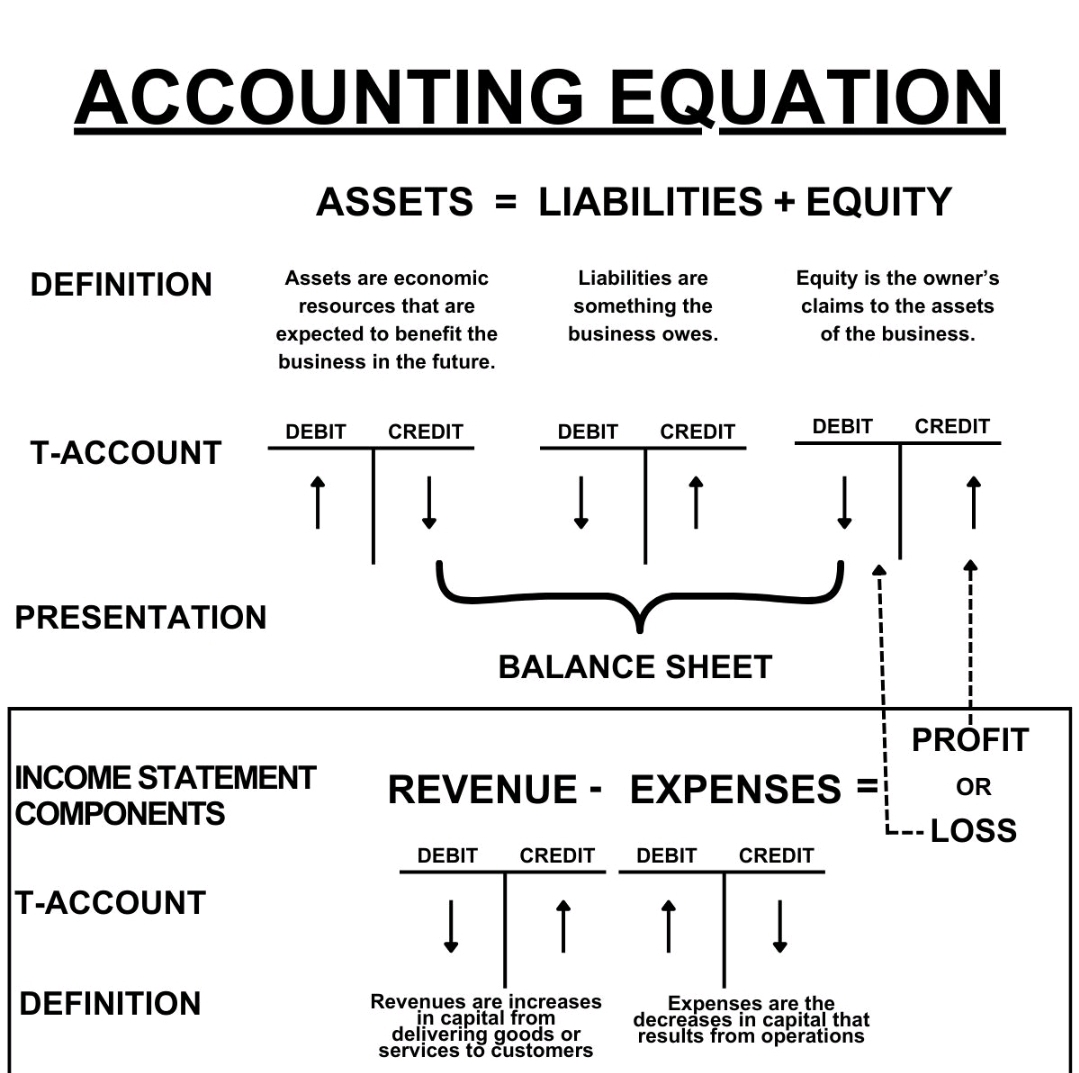The Balance Sheet, also known as the Statement of Financial Position, is a financial statement that provides a snapshot of an entity's financial position at a specific point in time. It is structured to show the entity’s Assets, Liabilities, and Equity, following the accounting equation:
Assets = Liabilities + Equity

As per International Financial Reporting Standards (IFRS), the Balance Sheet items are categorized as follows:
- Assets
Assets are resources controlled by the entity from which future economic benefits are expected. They are classified as:
a. Current Assets
Assets expected to be converted into cash or used up within one year or the operating cycle. Examples:
Cash and Cash Equivalents
Trade Receivables
Inventories
Other Current Financial Assets (e.g., short-term investments)
Prepayments
b. Non-Current Assets
Assets held for long-term use, not intended for quick conversion into cash. Examples:
Property, Plant, and Equipment (PPE)
Intangible Assets (e.g., goodwill, patents)
Investment Property
Financial Assets (e.g., long-term investments)
Deferred Tax Assets
- Liabilities
Liabilities represent the obligations of the entity, arising from past events, that are expected to result in outflows of resources.
a. Current Liabilities
Obligations due to be settled within one year or the operating cycle. Examples:
Trade Payables
Short-Term Borrowings
Current Tax Liabilities
Accrued Expenses
Current Portion of Long-Term Debt
b. Non-Current Liabilities
Obligations that are not due within the next year. Examples:
Long-Term Borrowings
Lease Liabilities
Deferred Tax Liabilities
Provisions (e.g., pensions, warranties)
- Equity
Equity represents the residual interest in the entity’s assets after deducting liabilities. It consists of:
Share Capital (e.g., common or preferred shares)
Share Premium (amount received over the par value of shares)
Retained Earnings (accumulated profits not distributed as dividends)
Other Comprehensive Income (e.g., unrealized gains/losses on financial instruments)
Non-Controlling Interest (equity attributable to minority shareholders in subsidiaries, if any)
IFRS Requirements for the Balance Sheet
Presentation Order: IFRS does not prescribe a specific format, but items must be classified clearly into current and non-current categories.
Minimum Disclosure: IAS 1 requires certain minimum items to be presented on the face of the Balance Sheet, including total assets, total liabilities, and equity components.
Comparative Information: Entities must present at least two years of comparative figures for all items.
By following IFRS, the Balance Sheet ensures global comparability and transparency, aiding stakeholders in assessing the entity’s financial health.